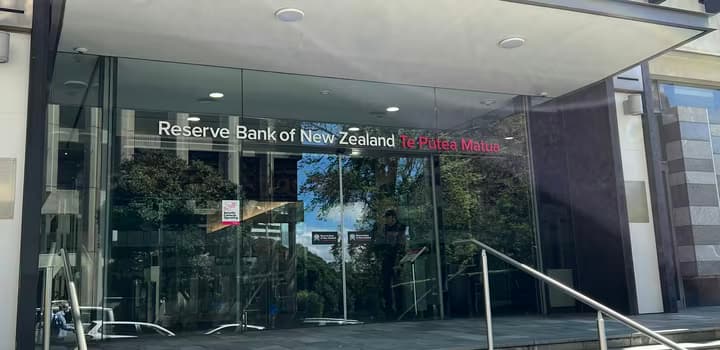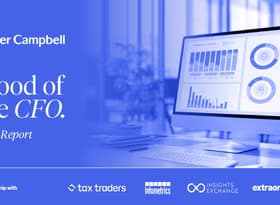Additional stimulus drives faster growth, but also creates interest rate risks in 2027

The Reserve Bank is walking a fine line between kick-starting the economy’s recovery and overstimulating growth by the end of next year, according to Infometrics’ latest forecasts. The Bank is set to cut the official cash rate to 2.25% next month as it tries to boost consumer confidence and spending activity. But the full effects of this stimulus will only hit the economy in mid-late 2026, by which stage economic growth is likely to have already gathered sufficient momentum from strong export incomes and previous interest rate cuts.
“We forecast that economic growth will have accelerated to 2.3%pa by early 2027, with per capita growth comfortably above the 1.4%pa average recorded during the 2010s,” said Infometrics Chief Forecaster Gareth Kiernan. “We expect households to respond with stronger spending growth in the near term, and we also see faster growth in business investment and residential construction in 2027. A new round of monetary policy tightening is likely to be needed from late 2026 to get interest rates back to neutral.”
Adding to the upside risks to economic growth during 2026 and 2027 is the government’s push to accelerate infrastructure delivery ahead of next year’s election. The $6b of work expected to get underway before the end of this year has been well signalled, but capex shapes as one of the few ways the government can contribute towards the faster economic growth it has been promising. Increasing infrastructure activity next year would be a sharp contrast to the last 18-24 months, which have seen declining public sector residential and non-residential construction and static infrastructure volumes.
Some recent softening in dairy and horticulture prices, along with renewed US threats of steep tariffs on Chinese imports, mean a continued strong run for the export sector is not guaranteed. Nevertheless, Infometrics expects sufficiently strong export prices to underpin improved economic growth in provincial areas throughout 2026. Any recovery in Auckland and Wellington will take longer to show through, due to difficult labour market conditions, weaker population growth, and in Wellington’s case, the effects of continued tight fiscal policy.
Against this backdrop, Infometrics expects the official cash rate to lift from 2.25% to 3% between December 2026 and April 2027. However, faster-than-expected economic growth over the next 18 months could start to stretch the economy’s capacity and create renewed inflationary pressures by the first half of 2027. “An official cash rate of 4% by the end of 2027 to bring economic growth back to a more sustainable rate is not our central view, but it’s not out of the question either,” said Mr Kiernan. “There is an increasing chance that monetary policy is again overdoing the stimulus and exacerbating future ups and downs in the economic cycle.”
ENDS
More details about Infometrics forecasts can be found on the respective Building, Transport, and Macroeconomic forecasts pages on the Infometrics website.
- Outside RBNZ by Brad Olsen. Copyright 2022.
Related articles



 Gareth Kiernan
Gareth Kiernan
